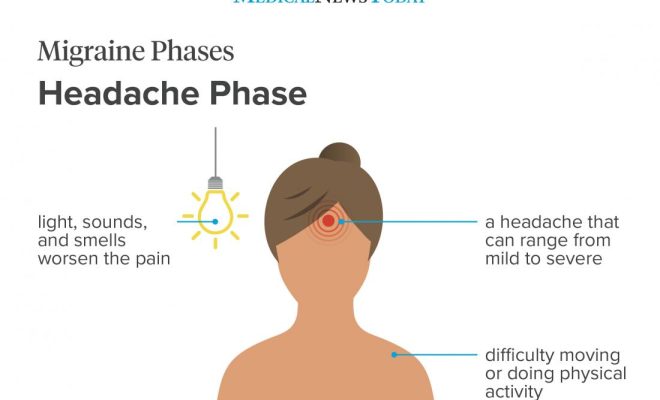Headaches vs Migraines: How to Tell the Difference and Get Relief

Headaches and migraines are two common types of pain that can negatively impact our daily lives. Knowing how to differentiate between the two is essential for finding the appropriate treatment and relief. This article will explore the differences between headaches and migraines, as well as offer some tips on how to find relief.
Differences Between Headaches and Migraines
1. Symptoms: A headache typically manifests as a constant, dull ache or pressure around the head, whereas a migraine displays more severe symptoms, such as throbbing or pounding pain that is often localized to one side of the head. Migraines can also be accompanied by nausea, vomiting, sensitivity to light, sound, or smell, and visual disturbances (also known as aura).
2. Duration: Headaches usually last for a few hours and can be relieved with over-the-counter pain medications, while migraines can last anywhere from a few hours to a few days. In some cases, migraines can even persist for weeks.
3. Triggers: Stress, lack of sleep, skipped meals, dehydration, eye strain, caffeine withdrawal—all these factors may trigger headaches. On the other hand, migraines have more specific triggers like hormonal changes, certain foods and additives (e.g., chocolate or wine), physical exertion and changes in weather or altitude.
4. Frequency: People who experience headaches generally do so occasionally or periodically. However, those suffering from chronic migraines might experience the debilitating pain multiple times per month.
How to Find Relief
1. Identify triggers: Keep a diary to record any potential triggers such as food or drink consumed before an attack so that you can avoid or minimize them in the future.
2. Hydration: Ensuring you are properly hydrated throughout the day can help prevent headaches and migraines.
3. Sleep: Establishing a regular sleep schedule with 7-9 hours of sleep per night can help reduce the frequency and severity of headaches and migraines.
4. Medication: Over-the-counter pain relievers, like ibuprofen or naproxen, might be useful for treating headaches. However, migraines might require more specialized medication prescribed by a healthcare professional.
5. Relaxation techniques: Practicing relaxation techniques such as deep breathing, meditation, or yoga can help reduce stress levels and decrease the frequency of headaches and migraines.
6. Consult a healthcare professional: If headaches or migraines are severely affecting your day-to-day life, it’s essential to consult a professional for proper diagnosis and treatment.
In conclusion, understanding the differences between headaches and migraines is crucial for finding the right treatment approach and relief strategies. Identifying triggers, adopting healthy lifestyle habits, and consulting with healthcare professionals are all key steps in managing these painful conditions.






